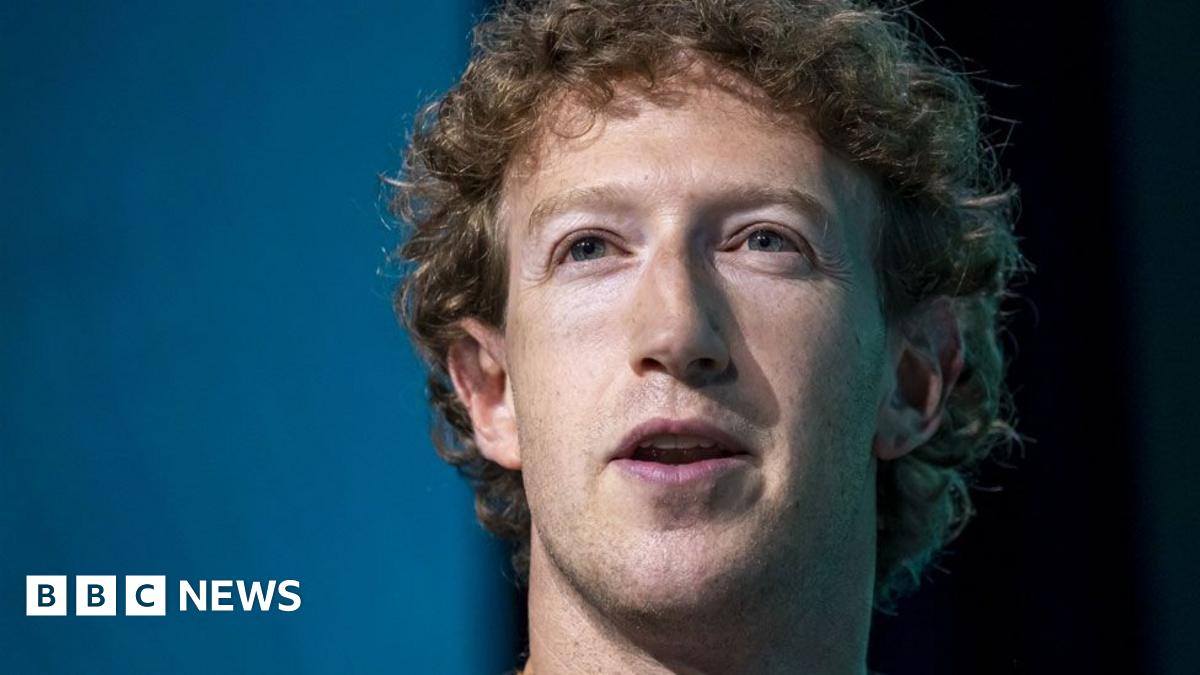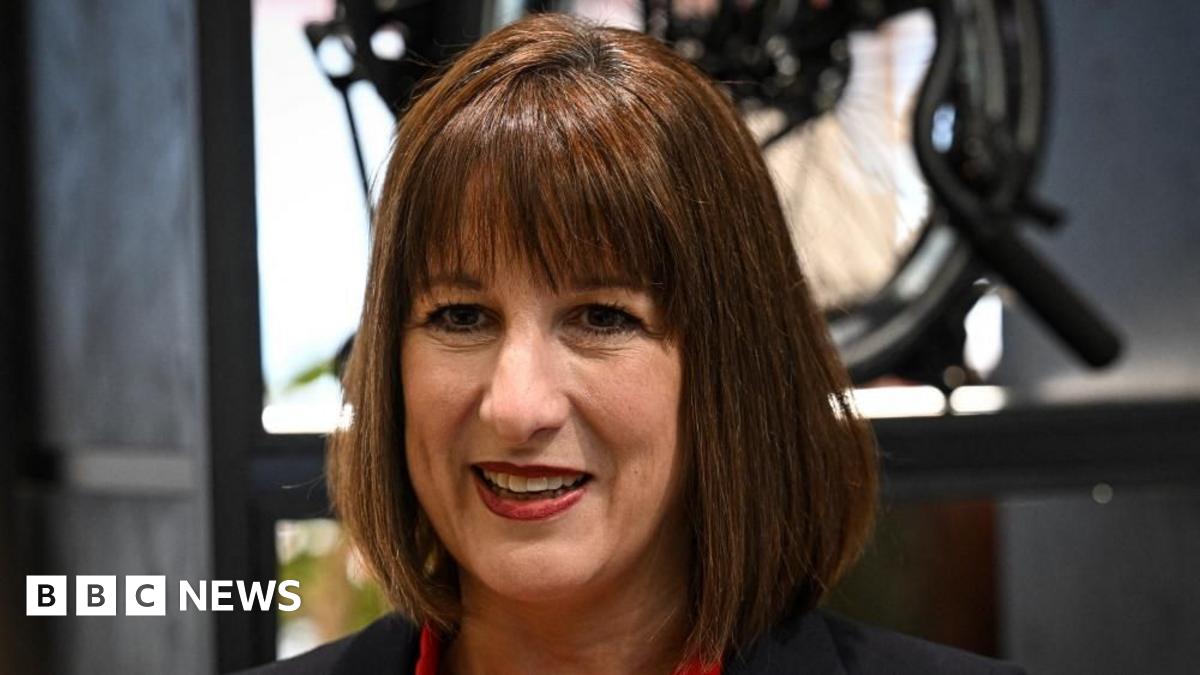Legal challenges against corporate DEI programs existed long before the U.S. Supreme Court struck down affirmative action programs for college admissions in June, a ruling many experts predicted could reverberate in the corporate space. And now, some conservative activists are looking to leverage the recent momentum.
Earlier this month, for example, America First Legal’s Center for Legal Equality filed two high-profile complaints with the Equal Employment Opportunity Commission (EEOC) against Activision Blizzard and Kellogg Co. In the Activision case, it claims the video game titan uses gender and racial preferences for hiring employees and selecting interns. Meanwhile, the activist organization’s claim against Kellogg alleges the cereal maker uses “race-based discrimination concerning employment and job training opportunities.”
Also this month, American Alliance for Equal Rights, an organization founded by Edward Blum—who scored a victory in the Supreme Court case on affirmative action as founder of plaintiff Students for Fair Admissions—filed a lawsuit against the Fearless Fund, a venture capital firm led by Black women. The Fearless Fund invests in start-ups run by women of color, and the lawsuit alleges the fund is discriminating based on race, reports Business Insider.
Despite this movement, a number of similar complaints have been unsuccessful, says Katy Youker, an attorney and director of the Economic Justice Project for the Lawyers’ Committee for Civil Rights.
See also: How Citi is taking DE&I to the next level
Last week, for example, a U.S. district court judge ruled in Starbucks’ favor, finding a shareholder’s lawsuit over the coffee giant’s diversity, equity and inclusion policies was frivolous, according to a Reuters report. The court, in its ruling, determined the lawsuit involved public policy questions for lawmakers and companies to decide rather than the courts, according to Reuters.
In other cases challenging DEI programs, conservative activist groups face a difficult time finding people who can prove they have suffered actual harm by DEI policies, Youker tells HRE.
“It’s a longstanding law that you can’t go to court unless you actually can show harm that can be solved by whatever relief you’re seeking,” she says.
However, this could change.
The U.S. Supreme Court agreed to hear Muldrow v. City of St. Louis in the next term. This case addresses Title VII, a statute that prohibits employment discrimination based on race, color, national origin, religion or sex. The court will consider whether a tangible adverse employment action is required to bring a discrimination lawsuit under Title VII, says Jason Schwartz, a partner and co-chair in law firm Gibson, Dunn & Crutcher’s labor & employment practice group.
This could lower the bar for plaintiffs, who could then bring a case even if their exclusion from a DEI program did not cause any significant harm.
Ways HR leaders can navigate a heated DEI landscape
Given that the recent SCOTUS ruling on affirmative action could weaken diversity at college campuses, HR needs to be even more thoughtful about the role of DEI in its hiring, training, advancement and support strategies, employment attorneys say.
“All of these can be important and effective tools to recruit, retain and develop underrepresented candidates,” Schwartz tells HRE.
However, whether these DEI policies and practices create legal risk—particularly in the changing legal context—depends on a number of factors.
HR must weigh, for instance, how such programs are implemented, the language used—for instance, how the word “underrepresented” is defined—and whether benefits are equitable among all employees, among other issues, Schwartz notes.
Diving into the diverse slate approach
Prioritizing diverse candidate slates is one effective tool to open doors for diversity in the workforce, Schwartz says.
Meta, for example, has used a diverse slate approach since 2015, according to a blog post by Maxine Williams, chief diversity officer. Chemical conglomerate BASF Group also uses a diverse slate approach.
“Encouraging hiring managers to consider a diverse slate of candidates—with diversity broadly defined to include backgrounds, experiences and perspectives, and with the hiring decision to be made based on merit—is perfectly appropriate,” Schwartz says.
However, he notes, imposing rigid requirements based on race, gender or other protected characteristics in a way that might exclude other qualified candidates could certainly raise serious concerns.
HR can consider narrowly tailoring the recruiting criteria to the needs of the role, says Linda Goldman, of counsel for law firm Ogletree Deakins.
That may dovetail with a skills-based hiring approach that employers are increasingly interested in, versus relying on the pedigree of a candidate’s educational background or past work history.
Aim for goals, not quotas
Diversity hiring goals can be appropriate and lawful depending on the context, Schwartz says.
“For example, aspirational goals based on reasonable expectations for recruitment and selection of qualified and interested candidates in a non-discriminatory, merit-based process are perfectly appropriate,” he says.
With such a process, Schwartz says, incentives for hiring teams to encourage the hiring and promotion of diverse candidates can be appropriate and lawful. However, incentives that can be viewed as encouraging discriminatory decision-making could be problematic, he adds.
Goldman cautions HR to not set goals too rigidly.
“Where a goal is too aggressive, set with precise numerical targets and dates, and tied to performance reviews or compensation, it tends to begin to look more like a quota for legal purposes,” she says. “Even if an organization states that an initiative is a ‘goal,’ the manner in which it implements a practice to support the goal achievement could be evidence of a quota system.”
Credit: Source link








![The 9 Building Blocks of a Business’s Organizational Structure [With Diagrams] The 9 Building Blocks of a Business’s Organizational Structure [With Diagrams]](https://www.hubspot.com/hubfs/business-building-blocks-1-20250109-2858404.webp)




